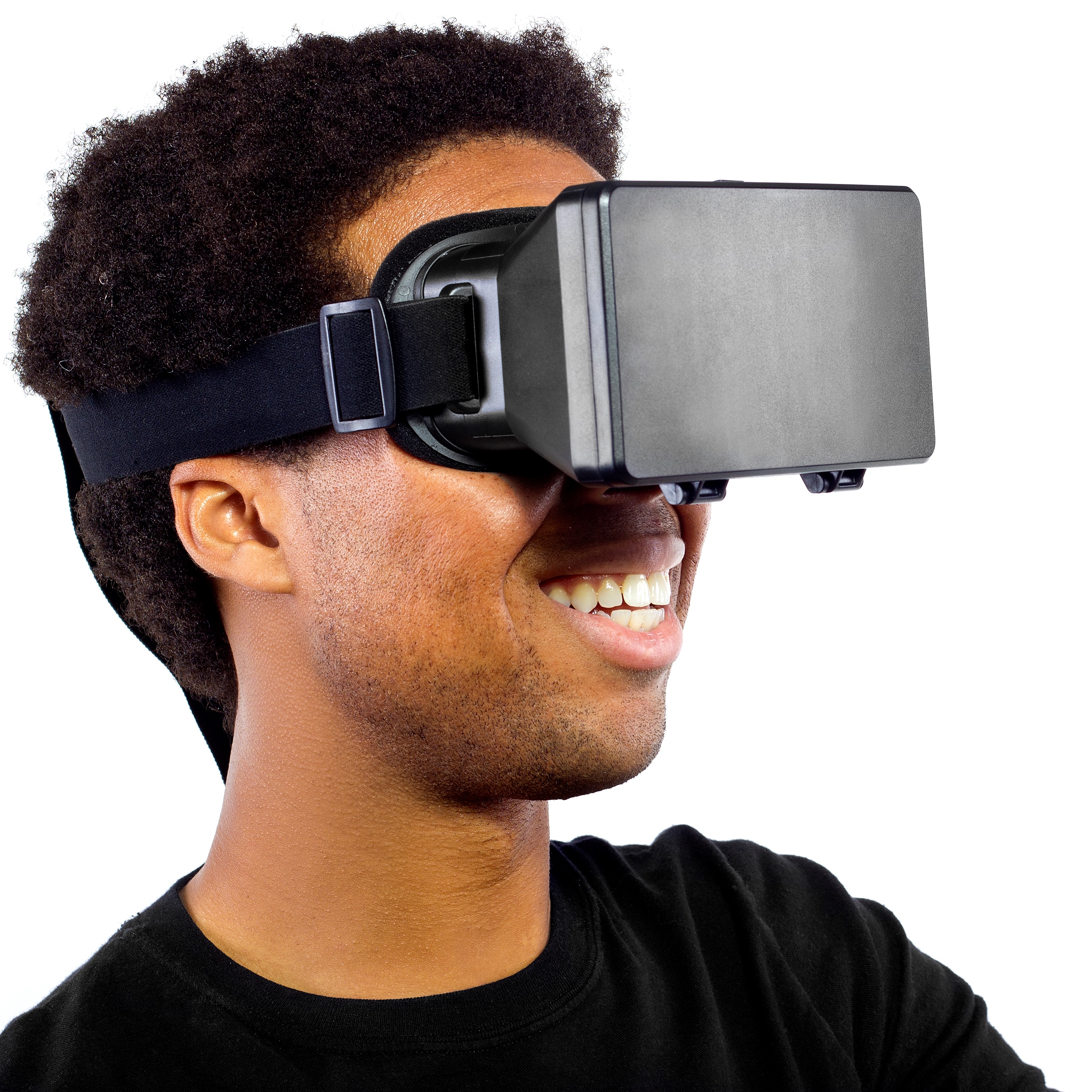Technology
Firm Forecasts Virtual Reality Device Sales at 50 Million by 2020

Published:
Last Updated:

Excluding the gizmos — cardboard or plastic — that attach to a mobile device, market research firm TrendForce estimates that 2016 sales of virtual reality (VR) headsets will reach 9 million in 2016 and that sales will rise at a compound annual growth rate of 53.5% to reach 50 million by 2020. That is, if manufacturers can match supply to demand.
The latest entrant into the market is Sony Corp. (NYSE: SNE), which began taking pre-orders for its PlayStation VR (PS VR) device earlier this month. The best-known maker is Oculus Rift, for which Facebook Inc. (NASDAQ: FB) paid a cool $2 billion in 2014. The third major player, according to TrendForce, is China’s HTC. For the record, Samsung’s Gear VR headset requires a Samsung smartphone and is not counted by TrendForce.
TrendForce analyst Jason Tsai wonders if manufacturers have the ability to meet demand:
While sales from various branded vendors have been brisk, this year’s VR device shipments will be mainly influenced by the supply side of the market. Branded vendors were overly conservative in stocking up their inventories before the market releases of their products. They are now seeing the product demand far outstripping the supply and will have to adjust their inventories in the next two quarters, or else the undersupply situation in the VR device market will likely persist to the second half of 2017. … The strong sales performances of various devices in the VR market will attract more new entrants from the hardware field. Many software developers will also enter the market in the next two to three years to help expand the range of VR applications.
The market for VR devices is expected to top $70 billion in sales by 2020, and TrendForce believes that 60% of those sales will come from software applications.
Though Sony was a bit late to the game, the research firm expects PS VR sales to account for two-thirds of 2016’s 9 million units, primarily due to the huge installed base of the company’s PlayStation gaming consoles. Oculus Rift is expected to ship about 2.3 million units this year, and HTC is tagged for sales of 700,000.
Much of the difference in unit sales estimates is down to price. The HTC Vive has a list price of $799, compared with $599 for the Oculus Rift device and $399 for the Sony PS VR. The Sony headset requires a PlayStation 4 console, but the installed base of more than 40 million units gives it an edge. Even if a consumer needs to buy a PS 4, the total cost is only about $50 more than the price of the HTC Vive.
Thank you for reading! Have some feedback for us?
Contact the 24/7 Wall St. editorial team.